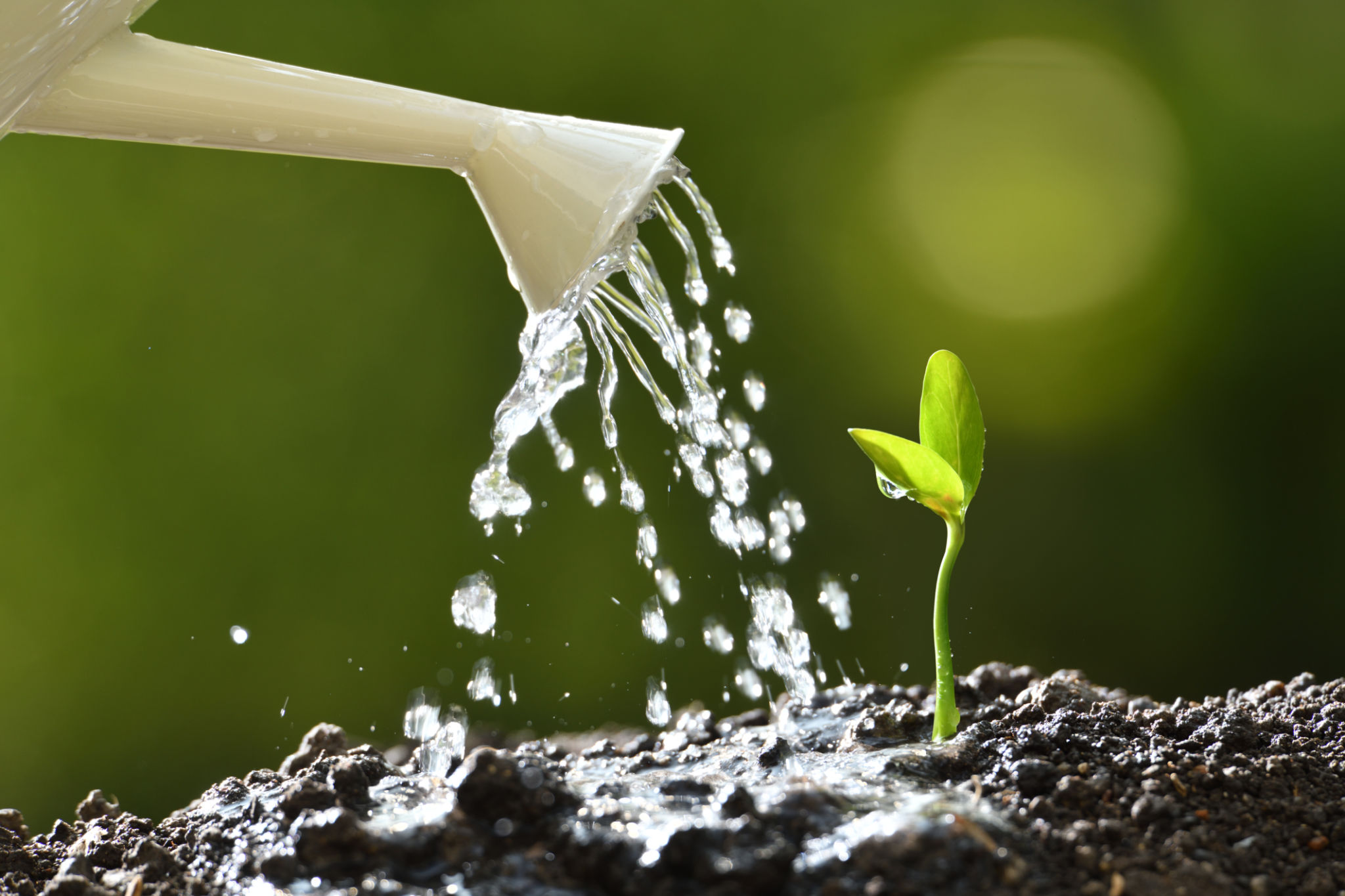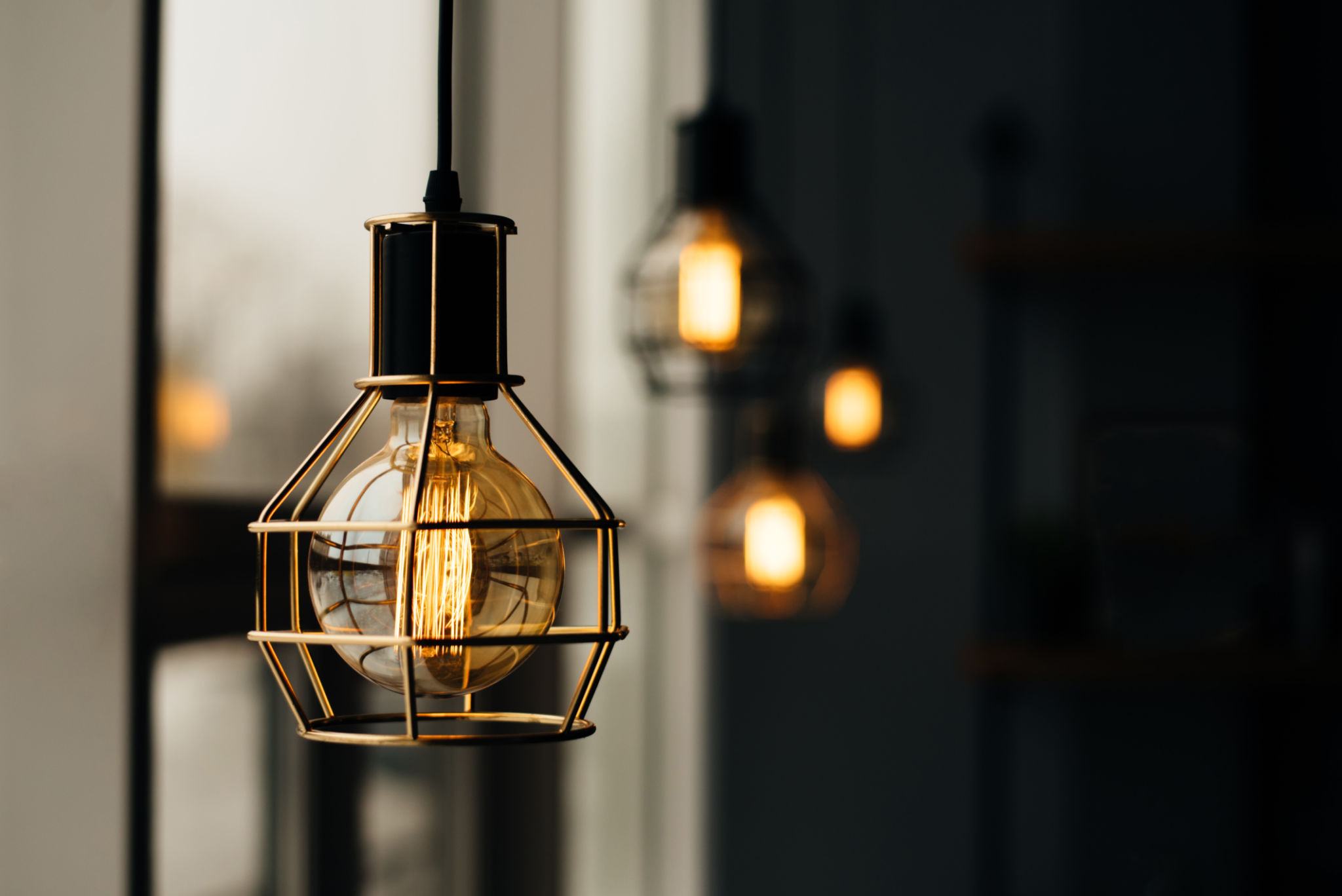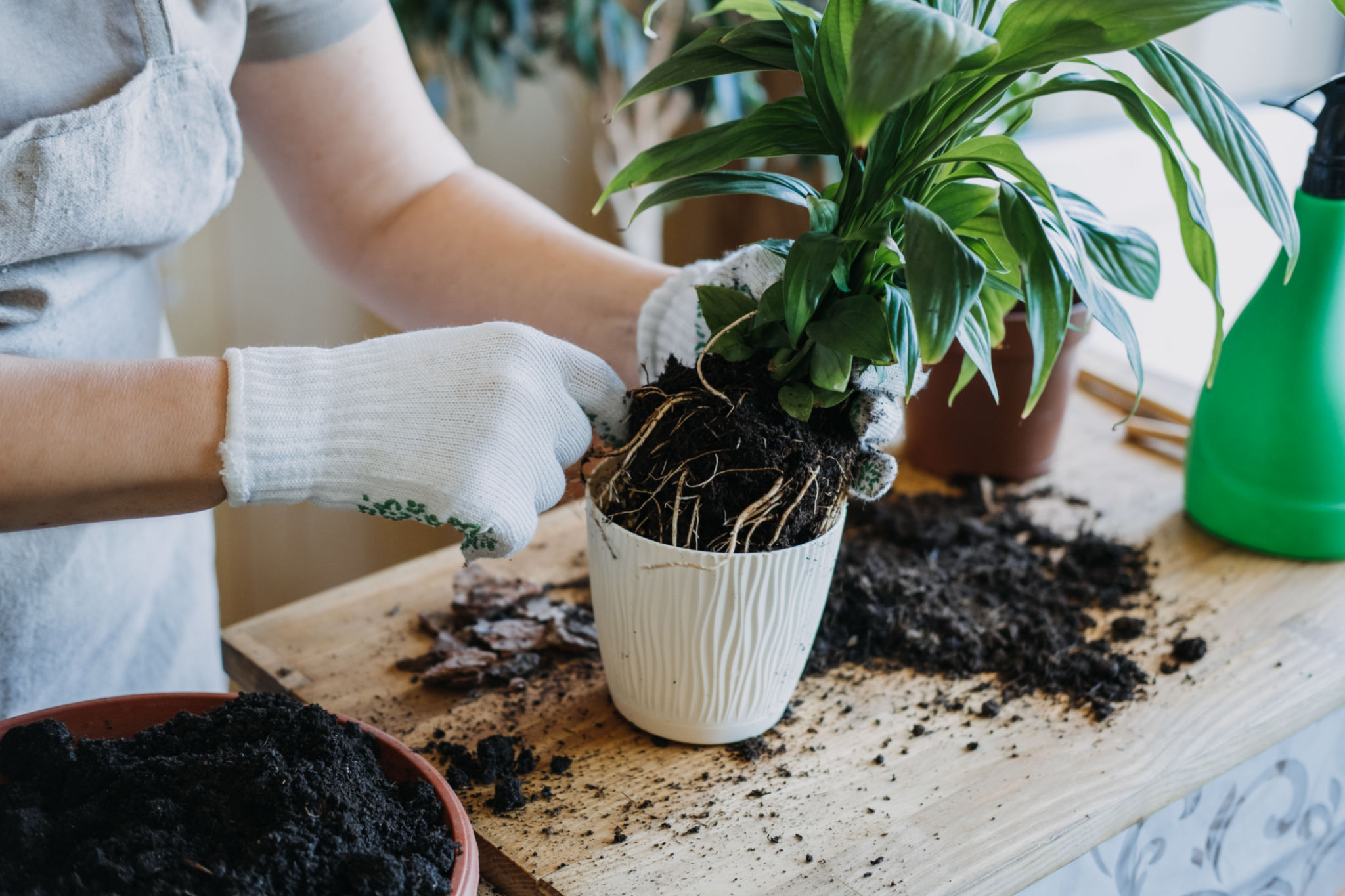Top Indoor Plant Care Mistakes and How to Avoid Them
Overwatering: The Most Common Mistake
One of the biggest mistakes indoor plant enthusiasts make is overwatering their plants. This often stems from the belief that more water equates to a healthier plant. However, overwatering can lead to root rot, which is detrimental to your plant's health. It's crucial to understand the specific water needs of each type of plant you own.
To avoid overwatering, ensure your pots have adequate drainage and use a potting mix that allows excess moisture to escape. A good rule of thumb is to let the top inch of soil dry out before watering again. This not only prevents root rot but also encourages healthy root growth.

Placing Plants in Inappropriate Light Conditions
Lighting is another critical factor in plant care that is often misunderstood. While some plants thrive in direct sunlight, others may suffer from leaf burn and damage if exposed to too much light. Conversely, low-light plants can become leggy and weak if they don't receive enough illumination.
To avoid this mistake, research the light requirements for each plant species. Position your plants accordingly, whether they need bright indirect light, direct sunlight, or low light conditions. Consider using grow lights in areas lacking natural sunlight.

Ignoring Humidity Needs
Indoor environments can sometimes be too dry for certain plant species, especially during winter months when heating systems are in use. Low humidity levels can cause leaf tips to brown and plants to become stressed.
To maintain ideal humidity levels, group plants together or use a humidifier. Misting leaves can also help, but be sure to do it in moderation to avoid fungal issues. Alternatively, placing a tray of water near your plants can increase humidity as the water evaporates.

Using the Wrong Soil Type
The type of soil you use plays a significant role in the health of your indoor plants. Using garden soil or an inappropriate potting mix can hinder drainage and aeration, leading to poor plant health.
Choose a potting mix that matches your plant's needs. For instance, succulents and cacti require a well-draining soil mix, while ferns prefer soil that retains more moisture. Investing in specialty soil mixes can make a substantial difference in your plants' well-being.
Neglecting to Repot
As plants grow, their roots can become cramped within their pots, leading to stunted growth and poor health. Yet, many plant owners neglect to repot their plants due to fear of causing damage during the process.
Regularly check if your plant is root-bound by inspecting the drainage holes for escaping roots or if the plant becomes top-heavy. Repot with fresh soil and a larger pot when necessary to ensure your plant has room to grow and access to fresh nutrients.

Overlooking Pest Control
Pests such as spider mites, aphids, and mealybugs can wreak havoc on indoor plants if left unchecked. Often, these pests go unnoticed until they've caused significant damage.
Regularly inspect your plants for signs of infestation, such as discolored leaves or webbing. Use insecticidal soap or neem oil to treat affected plants. Quarantining new plants before introducing them into your collection can prevent pest spread.
Inconsistent Fertilization
Fertilization is essential for providing plants with necessary nutrients, but it must be done correctly. Too little fertilization can result in nutrient deficiencies, while too much can cause fertilizer burn.
Follow a consistent fertilization schedule based on your plant's growth cycle. Most indoor plants benefit from being fertilized during their active growing season, typically spring and summer. Use a balanced fertilizer or one specifically formulated for your plant type.

